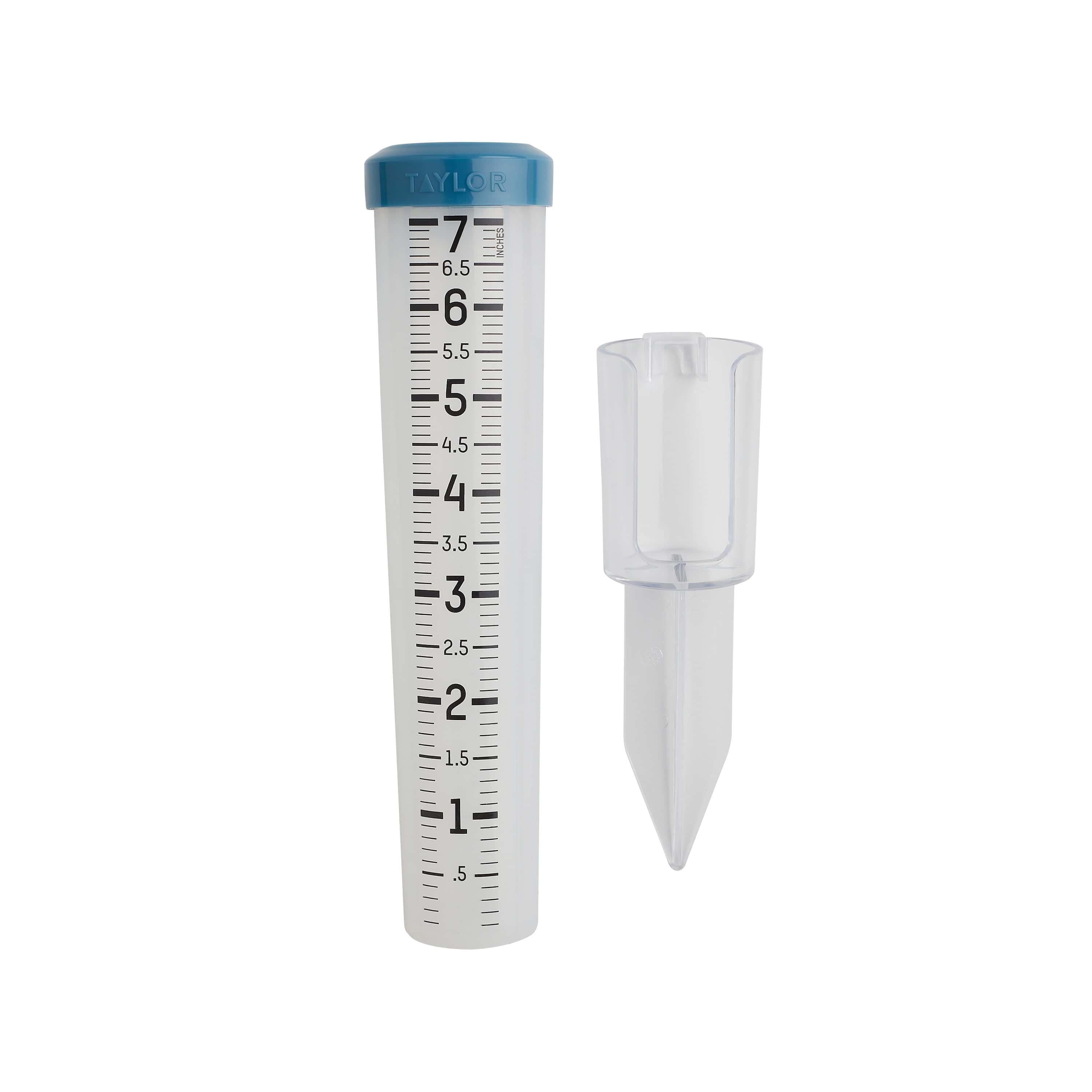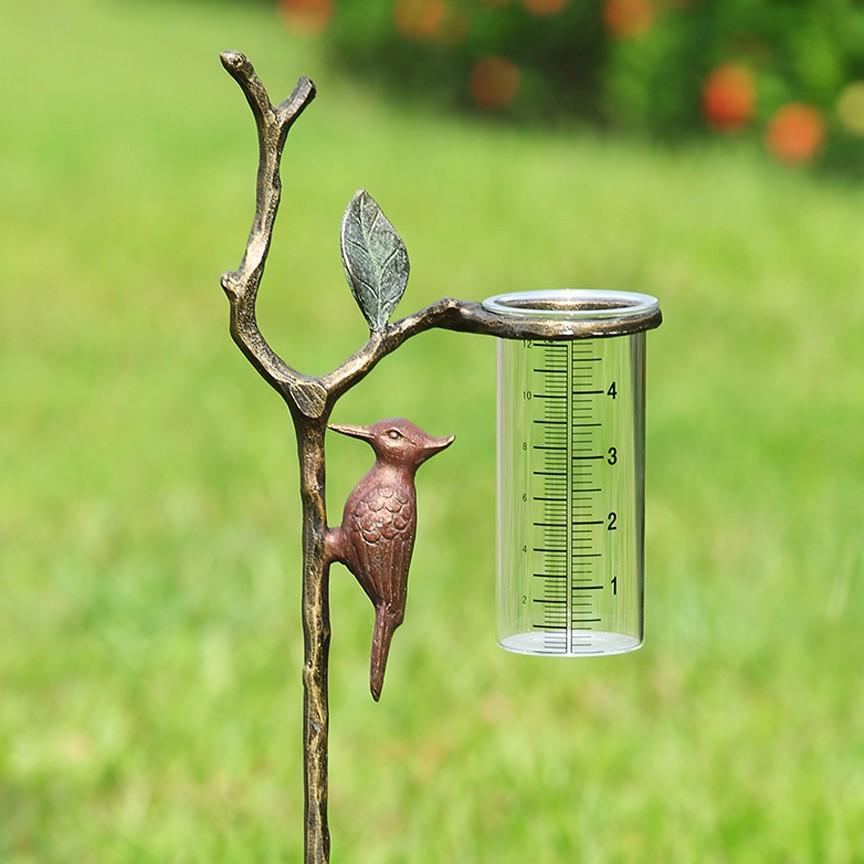The Rain Gauge: A Crucial Tool for Monitoring Rainfall Levels
The Rain Gauge: A Crucial Tool for Monitoring Rainfall Levels
Blog Article
DIY Rain Scale: Straightforward Actions to Make Your Own
Producing your very own DIY rainfall gauge is a easy and effective way to videotape and measure rainfall. With just a couple of common materials and some fundamental actions, you can quickly build your very own rainfall gauge at home. Let's get begun on making your Do it yourself rainfall gauge today!
Gather Products
To begin constructing your do it yourself rain scale, gather all the required products making use of an extensive listing of products. Having the ideal materials available will certainly make certain the effective creation of your rainfall scale and enable precise dimensions of rains. First of all, you will certainly require a clear plastic container or cyndrical tube, such as a plastic bottle or container. Make certain the container is clear so that you can easily see the water degree inside. Next off, you will certainly call for a leader or gauging tape to note the increments on the container. This will allow you to determine the quantity of rainfall precisely. In addition, you will require a long-term marker or waterproof tape to note the dimensions on the container. When revealed to rain, this will make certain that the markings continue to be noticeable even. You will certainly need a strong base or stake to safely hold your rain gauge in location. This can be a wooden or metal stake that can be inserted right into the ground or a strong flat surface area to provide security. Gathering these materials beforehand will simplify the building procedure and ensure that you have whatever you need to develop your own DIY rainfall scale.
Prepare the Container

Mark the Dimension Increments
To precisely measure the amount of rainfall, accurately marking the dimension increments on your DIY rainfall gauge is vital. Without specific and clear markings, it would certainly be tough to establish the specific quantity of rainfall gathered in your rainfall scale. Right here are the steps to note the dimension increments on your rain gauge.
First, select the unit of dimension that you desire to use. One of the most common systems for measuring rains are millimeters and inches. Use a permanent marker or water-proof paint to note the increments on the side of your rainfall gauge once you have chosen the unit. For inches, you can mark every quarter inch or every half inch, relying on your preference. For millimeters, see this page you can mark every 10 millimeters or every 20 millimeters.
When marking the increments, it is important to ensure that they are uniformly spaced and plainly visible. Use a leader or measuring tape to make certain accuracy and uniformity. Additionally, ensure that the markings are immune to fading or scrubing off, as exposure to the components might cause them to weaken with time.
Location the Rainfall Scale Outdoors
The rain scale must be put outdoors to accurately gather rainfall information. The area selected for the rain scale must be totally free and open from any type of obstructions that can possibly affect the dimension of rains. The Rain Gauge.
Additionally, it is vital to position the rainfall gauge on a steady surface, such as a degree ground or a sturdy message. This will avoid any type of movement or tilting of the gauge, which might cause inaccurate measurements. It is also advisable to stay clear of positioning the gauge near any kind of resources of man-made water, such as lawn sprinklers or water drainage systems, as this might disrupt the precision of the measurements.
Screen and Document Rain Data
Normal monitoring and recording of rainfall information is crucial for precise information evaluation and analysis. By keeping an eye on rainfall dimensions, you can gain beneficial understandings into climate patterns, climate fads, and water source management. To successfully check and tape rains information, it is necessary to develop a regular and maintain regular practices.
First of all, make sure that your rain scale is placed in an open area far from obstacles such as trees or resource structures that might obstruct rains. In addition, make certain the rainfall gauge is level and firmly anchored to prevent any activity that could influence the precision of the dimensions.

When tape-recording the rainfall information, it is essential to keep in mind the date and time of each dimension. Use a leader or a determining stick to determine the rains deepness in the rain gauge, and record this info accurately.
To make certain the precision of the measurements, it is suggested to empty the rain scale after each recording. This will certainly prevent any type of overflow or dissipation from impacting subsequent dimensions.
Conclusion
To conclude, creating a DIY rain gauge is a basic and useful means to check and videotape rains information (The Rain Gauge). By adhering to the actions laid out in this short article, you can quickly collect materials, prepare the container, mark the dimension increments, and position the rain scale outdoors. Regularly keeping an eye on and videotaping rains data can supply useful information for various functions
Having the right materials on hand will certainly make sure the effective development of your rain scale and permit for precise measurements of rainfall.To properly gauge the quantity of rains, precisely marking the dimension increments on your Do it yourself rainfall scale image source is important.The rainfall scale ought to be placed outdoors to precisely accumulate rains data. The place picked for the rain scale ought to be open and cost-free from any kind of blockages that might possibly impact the measurement of rainfall.In final thought, creating a DIY rain scale is a easy and useful means to monitor and videotape rains information.
Report this page